Flowers are a stunning addition to your home garden. Planting a flower garden is fairly easy to do, but homeowners should be mindful of which types of flowers are safe to plant as well as the types that could cause issues in your garden. These six types of flowers are beautiful but troublesome species that can cause a variety of concerns from impacting local wildlife's food sources to creating chaos for other plants in your garden.
Never Include These 6 Flowering Plants in Your Garden

Mint (Lamiaceae Family)
Coming in many different subspecies with small variations in leaf shape, plant structure, and flavor, most mint varieties have the same problem. Although mint is great for tea, cooking, and homeopathic remedies, it spreads faster than ice cream on a sidewalk in July. Expect it to share garden space with other plants, and you’ll be disappointed. Not only will it grow faster than almost anything else, but spread its roots to begin sprouting in other parts of your garden, likely escaping your notice until it’s too late. If you want to grow mint, do yourself a favor, and put it in a pot.
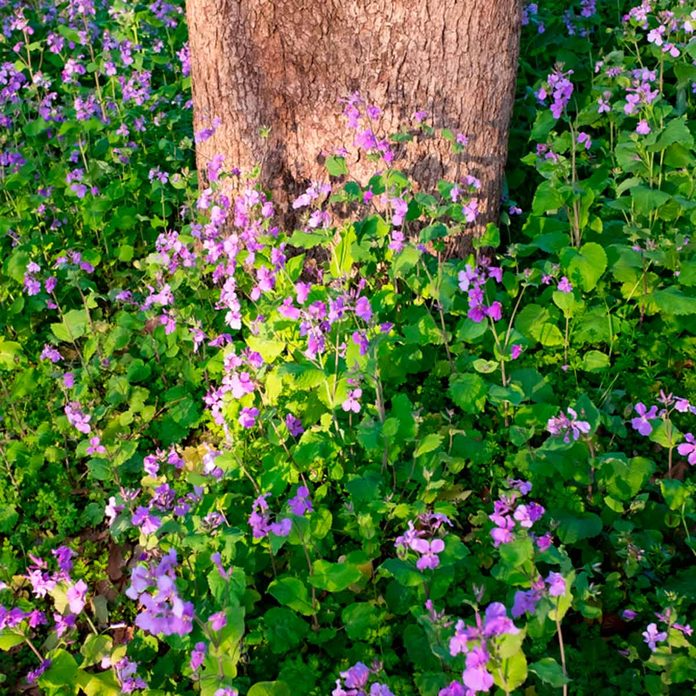
Dame’s Rocket (Hesperis matronalis)
Sometimes confused with phlox, dame’s rocket has similar-looking flowers in purple, sometimes white or pink hues. They’re fragrant, too. But the similarities end there. While phlox can be aggressive, dame’s rocket takes it a step further. These biennial pests are related to garlic mustard, a noxious weed — and act like it, too, crowding out native woodland plants.
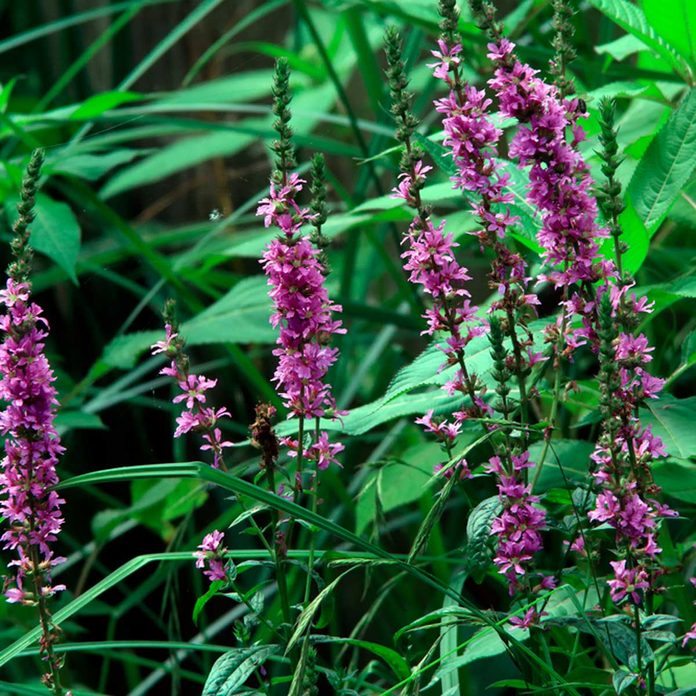
Purple Loosestrife (Lythrum spp.)
Gardeners love this plant because it’s so easy to grow. It’s full of bright rose to purple flowers and easily appreciated from a distance. Plus, it takes no maintenance. Problem is, anywhere near a water source — wetlands, pond, rivers, marsh — purple loosestrife quickly gets out of hand and crowds out native wetland plants. “This can negatively impact food sources for certain wildlife because it hinders the growth of some plants,” says Robert Pierce, a gardening expert based in Phoenix. Supposedly sterile cultivars, such as Morden Pink and Dropmore Purple, become promiscuous when the species loosestrife is nearby. Producing more than two million seeds per plant according to North Dakota State University, purple loosestrife should never be let loose.
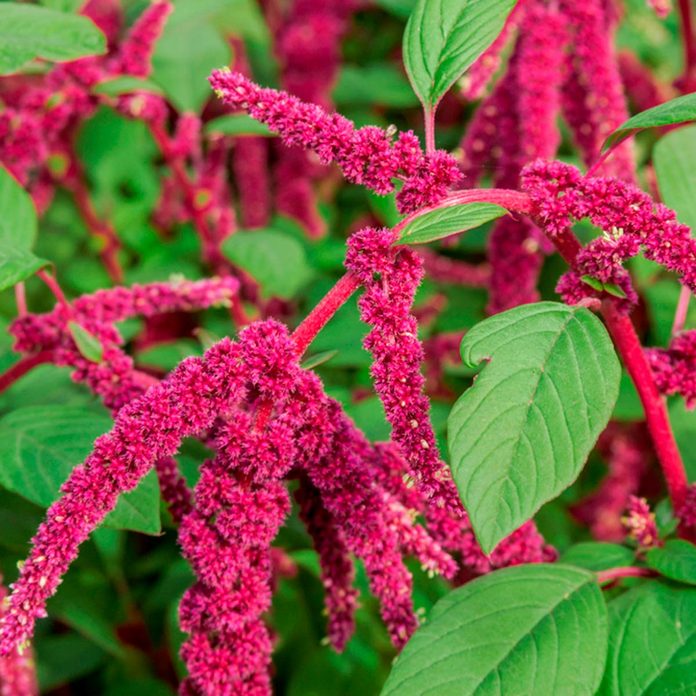
Amaranthus
Amaranthus, also called love-lies-bleeding, is a unique-looking garden plant with impressive size and colorful hanging tassels of flowers. It tends to look shaggy for manicured gardens, but the real problem is the flowers, which are a major pollen producer in summer and can aggravate allergy and asthma sufferers.
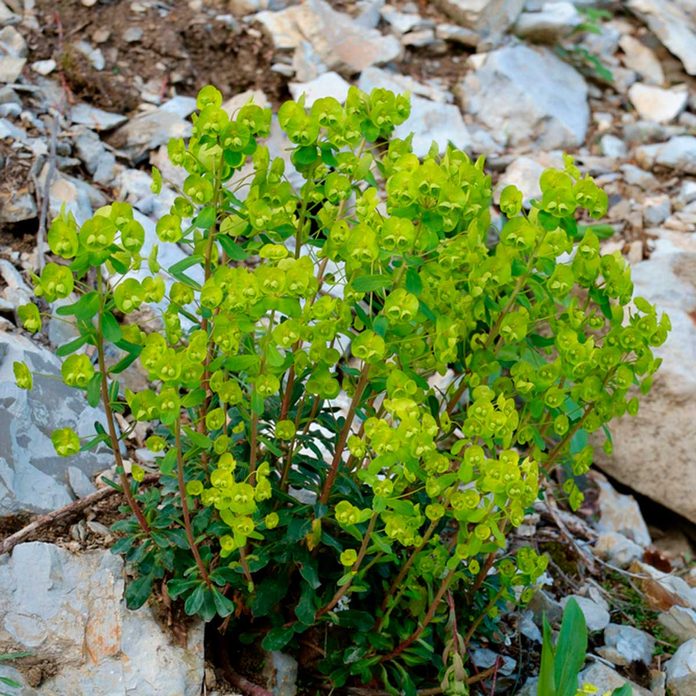
Spurge (Euphorbia)
Spurge is a pretty plant with mounded shape and bright greenish blooms. But its milky sap is a major skin irritant that can seriously injure the eyes. The plant is also poisonous if ingested. While spurge is attractive and a good groundcover for slopes, it can be a thug, displacing other plants.
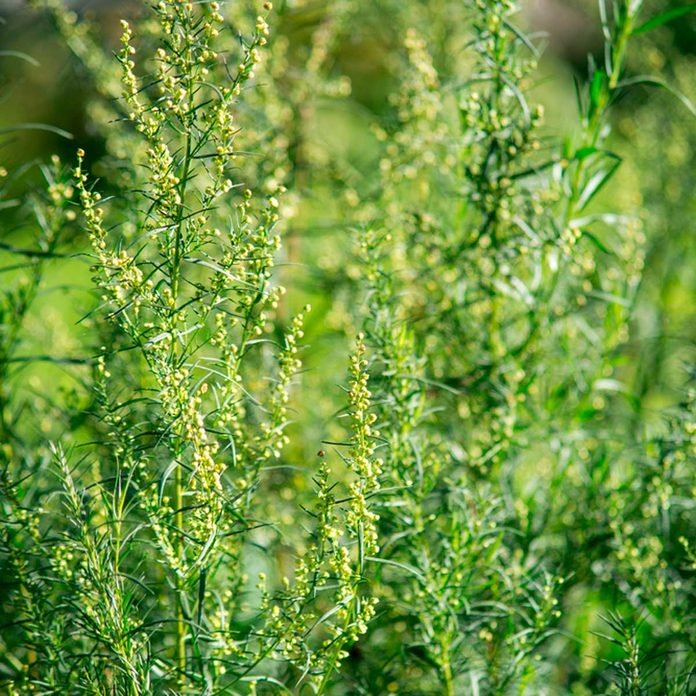
Wormwood (Artemisia absinthium)
Wormwood, also known as mugwort, is a pollen fiend. That’s fiend, not friend, because this flower is no friend to allergy sufferers or to gardeners. It’s a thug in the garden, spreading by roots and by seeds blown by the wind. There are no chemical controls and even mowing and digging are no match for this pest.
If you have wormwood in your garden, prune it before it seeds, Pierce says. This is crucial to prevent it from spreading throughout your garden.
Note: The small mounded artemisia sold at nurseries are well-behaved and should not be painted with the “red badge of scourge” reserved for wormwood.
FAQ
Is bamboo also considered invasive?
Bamboo can quickly take over an area and can be considered invasive. However, not all bamboo species are invasive. The “running” type can rapidly spread, potentially causing damage.
How can I tell if a plant is invasive in my area?
Your best bet is to check your local Environmental Protection Agency’s website to determine which plants in your area are invasive.
About the Experts
Robert Pierce is a gardening expert and chef based in Phoenix, with more than 20 years of hands-on experience. Gardening started off as a hobby for Pierce, who now owns a small community-based landscaping business where he assists homeowners with sustainable gardening tips and tricks.



















